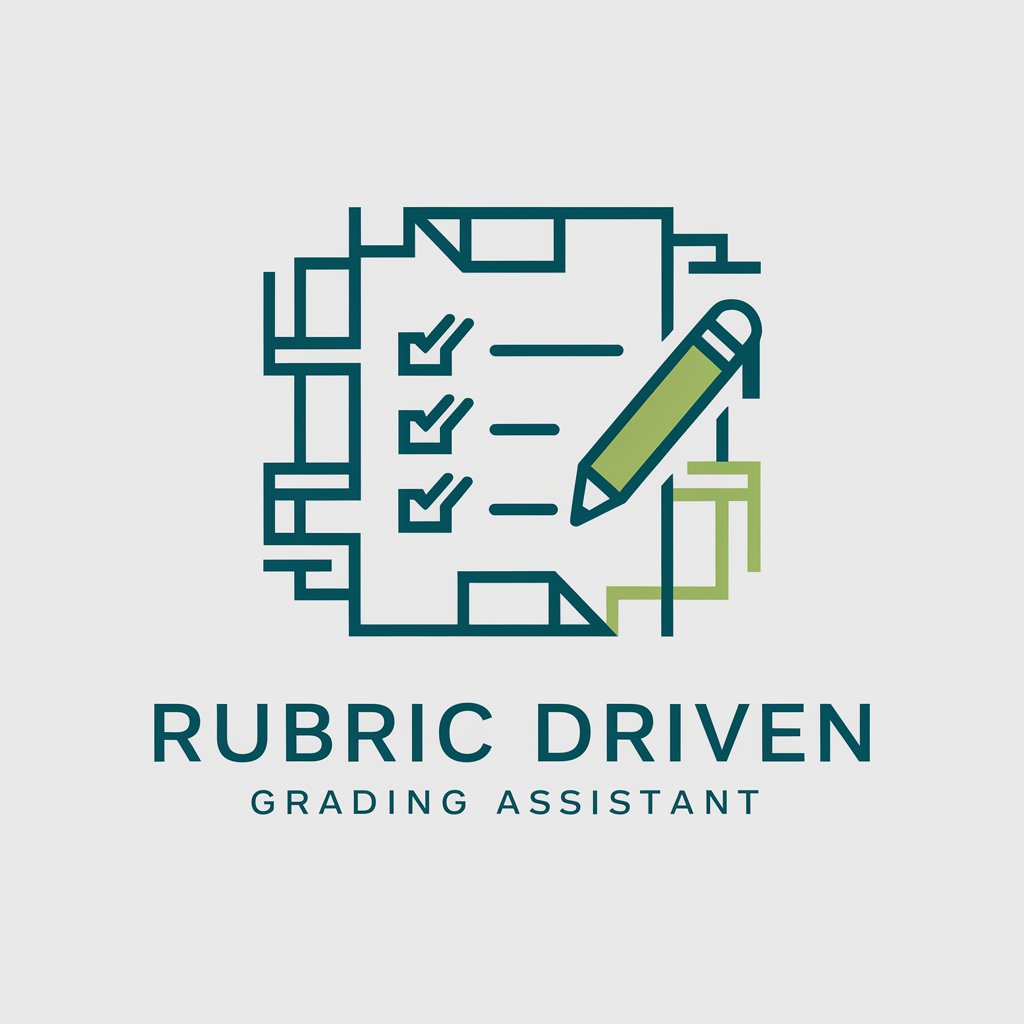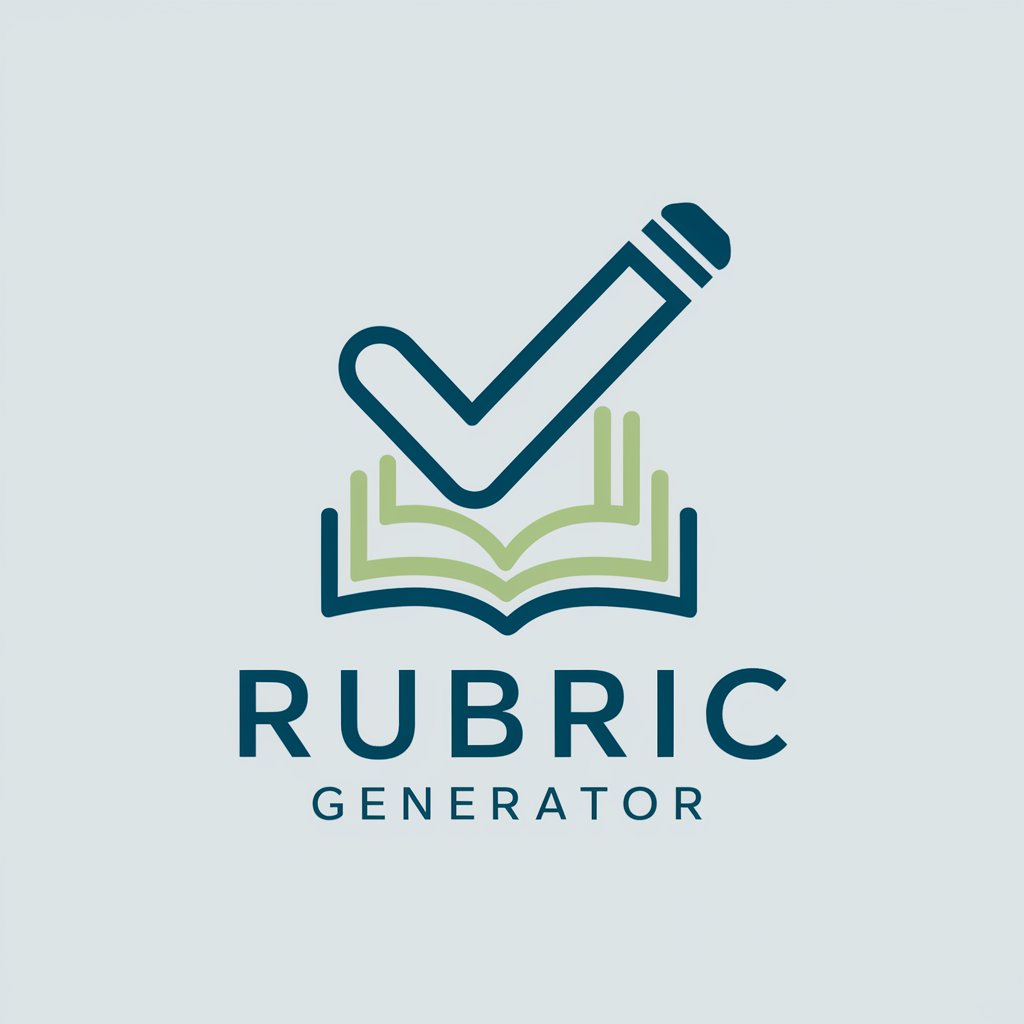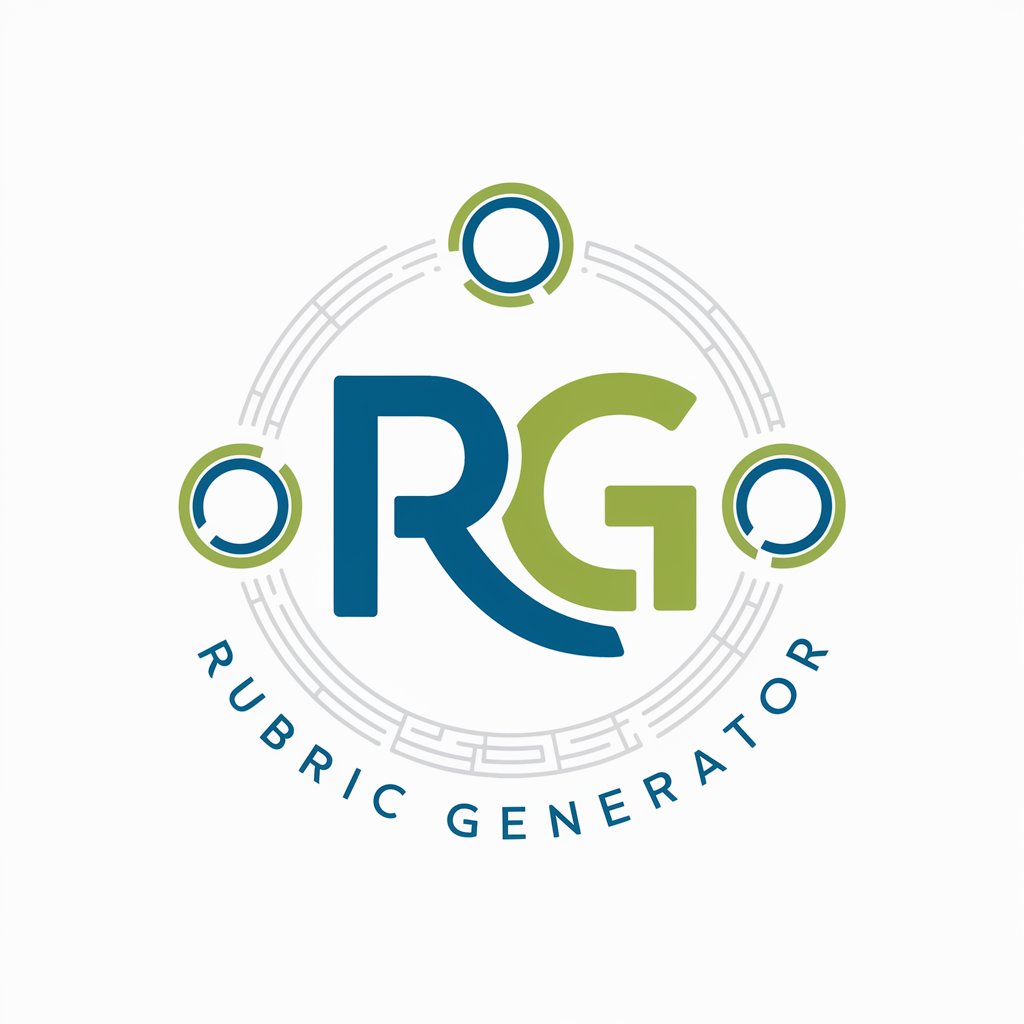
Rubric Architect - Rubric Creation Tool

Hello! Ready to craft the perfect rubric today?
Empowering Assessment with AI
Can you assist me with creating a rubric for...
I need help designing an evaluation criterion for...
What are the key components for assessing...
How should I structure my rubric for...
Get Embed Code
Overview of Rubric Architect
Rubric Architect is designed as a specialized tool aimed at simplifying and enhancing the process of creating educational, professional, and casual rubrics. Its core functionality revolves around offering users a platform where they can design, customize, and evaluate rubrics based on specific criteria and standards. This tool is especially useful for educators who wish to establish clear grading criteria, professionals seeking to evaluate project or employee performance, and individuals interested in structured feedback mechanisms for any variety of tasks or projects. An example scenario includes a teacher designing a rubric for a writing assignment, where Rubric Architect would guide the creation of categories such as 'Thesis Statement', 'Evidence and Support', 'Organization', and 'Grammar and Mechanics', each with defined performance levels. Powered by ChatGPT-4o。

Core Functions of Rubric Architect
Customizable Rubric Templates
Example
A project manager tailoring a rubric to assess team members' contributions and collaboration during a project lifecycle.
Scenario
This function allows users to start from a template and modify it to suit their specific needs, saving time and ensuring consistency in evaluation criteria.
Interactive Feedback System
Example
An instructor providing structured feedback on student presentations, highlighting strengths and areas for improvement.
Scenario
Rubric Architect facilitates detailed and actionable feedback, making it clear to the receiver what was done well and what could be enhanced.
Performance Tracking and Analysis
Example
A coach using the tool to track and analyze the progress of athletes over the season based on predefined athletic performance metrics.
Scenario
This function helps in identifying trends, areas of improvement, and planning future training sessions more effectively.
Target User Groups for Rubric Architect
Educators
Teachers and academic instructors can utilize Rubric Architect to create clear, consistent, and fair grading rubrics for assignments, projects, and exams. It helps in aligning assessments with learning objectives and providing students with transparent criteria for success.
Professionals
Managers, project leads, and HR professionals can benefit from using Rubric Architect to evaluate employee performance, project contributions, or team dynamics. It offers a structured framework for appraisals and feedback.
Casual Users
Individuals or groups involved in less formal projects, like community events or personal development goals, can use Rubric Architect to establish clear objectives and assess progress or outcomes with structured feedback.

Using Rubric Architect: A Step-by-Step Guide
Initiate Your Free Trial
Access yeschat.ai to start your free trial without any login requirements or the need for ChatGPT Plus.
Explore Features
Familiarize yourself with Rubric Architect's interface and features to understand its capabilities and how it can serve your needs.
Select a Context
Choose the specific context or scenario for which you want to create a rubric, such as academic writing, project evaluation, or performance assessment.
Customize Your Rubric
Utilize the tool's customization options to define criteria, performance levels, and descriptors that align with your objectives and standards.
Implement and Adjust
Apply the generated rubric in your assessment process, and don't hesitate to revise it based on feedback or evolving requirements for continuous improvement.
Try other advanced and practical GPTs
Shopping List Creator
Simplify meal prep with AI-powered shopping lists.

SAP Technology Sage
Empowering SAP Success with AI

Olympics
Unlocking the Olympic spirit with AI

Maps
Navigate the world with AI-powered precision

Real Estate Listings Wizard
Elevate Your Listings with AI-Powered Insights

Lead Magnet Creator
Elevate Engagement with AI-Powered Lead Magnets

Intérprete dos Sonhos - Dr. Dream
Unlock Your Dreams with AI-Powered Insights

Translate spanish to english
Effortless translation, powered by AI.

Python Teacher (Professor de Python)
Empowering Python learning with AI

Virtuoso Travel Planner
Crafting Your Journey with AI

Depression Help and Advice
Empowering Your Journey to Wellness

Mestre das Redações (Concurso Nacional Unificado)
Enhance Your Writing with AI-Powered Insights

Frequently Asked Questions About Rubric Architect
What is Rubric Architect?
Rubric Architect is a specialized AI-powered tool designed to help users create detailed and effective rubrics tailored to various contexts and objectives.
Can Rubric Architect be used in non-educational settings?
Absolutely, Rubric Architect is versatile and can be applied in various settings, including business for employee assessments, creative fields for project critiques, and more.
How does Rubric Architect adapt to different user expertise levels?
Rubric Architect adjusts its language and guidance based on the user's input, offering simplified explanations for beginners and more technical details for experts.
Can I save and edit rubrics created with Rubric Architect?
Yes, users can save their rubrics for future reference and make necessary edits to adapt to changing criteria or objectives.
Does Rubric Architect support collaboration?
While primarily designed for individual use, Rubric Architect's output can be shared and discussed with peers for collaborative refinement and consensus building.





